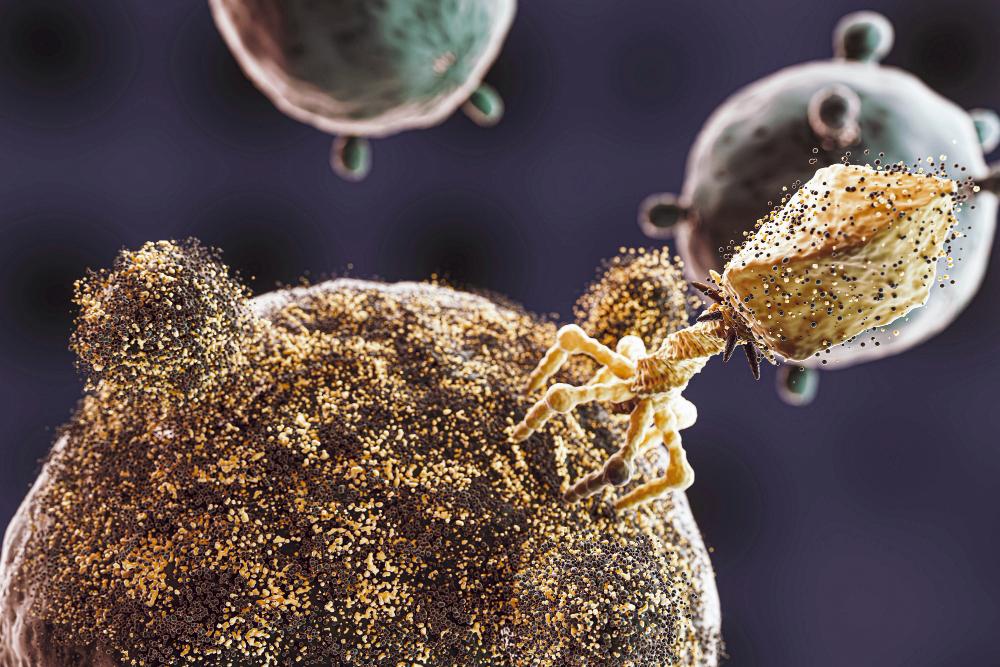Understanding the Role of Neuroinflammation in ALS Progression

Amyotrophic lateral sclerosis (ALS) is a progressive and fatal neurodegenerative disorder that primarily affects motor neurons in the brain and spinal cord. Over time, ALS leads to muscle weakness, loss of mobility, difficulty in speaking, swallowing, and eventually breathing. Despite being a challenging disease with no definitive cure, advances in ALS drug development and emerging amyotrophic lateral sclerosis therapies offer new hope for patients and caregivers.
Understanding Amyotrophic Lateral Sclerosis (ALS)
ALS, also known as Lou Gehrig’s disease, affects the nervous system by gradually destroying motor neurons responsible for voluntary muscle movements. While the exact cause remains unclear, genetic and environmental factors are believed to play a role. The disease is classified into two types:
-
Sporadic ALS (SALS) – The most common form, occurring randomly without a known genetic cause.
-
Familial ALS (FALS) – A hereditary form that accounts for about 5-10% of ALS cases.
Current and Emerging ALS Therapies
There is no cure for ALS, but ongoing research aims to slow its progression and improve the quality of life for patients. Several amyotrophic lateral sclerosis therapies are currently available, while new treatments are in development.
1. FDA-Approved ALS Treatments
A few drugs have received regulatory approval to manage ALS symptoms and slow disease progression:
-
Riluzole (Rilutek, Tiglutik, Exservan) – The first FDA-approved ALS drug, shown to modestly extend survival by reducing glutamate toxicity in neurons.
-
Edaravone (Radicava, Radicava ORS) – Works as an antioxidant to slow ALS progression, particularly in early-stage patients.
2. Experimental ALS Drug Development
Several promising therapies are in clinical trials, aiming to target ALS at a molecular level:
-
Tofersen (Biogen’s experimental drug) – Designed to silence SOD1 gene mutations in familial ALS cases.
-
AMX0035 (Amylyx Pharmaceuticals) – A combination therapy targeting neuroinflammation and cell death pathways.
-
Stem Cell Therapies (Neuralstem, BrainStorm’s NurOwn®) – Investigating the potential of stem cells to regenerate damaged neurons and slow disease progression.
Primary Amyotrophic Lateral Sclerosis Drugs Available
In addition to FDA-approved treatments, other symptomatic and supportive drugs help manage ALS complications:
-
Baclofen or Tizanidine – Relieves muscle spasticity.
-
Nuedexta – Helps control emotional outbursts common in ALS.
-
Respiratory Support Medications – Used to manage breathing difficulties in later stages.
The Future of ALS Treatment
With ongoing advancements in ALS drug development, researchers are exploring novel gene therapy approaches, neuroprotective agents, and personalized medicine strategies. The introduction of primary amyotrophic lateral sclerosis drugs available provides better symptom management, but further breakthroughs are needed for a definitive cure.
Latest Reports Offered By DelveInsight:
cmo contract manufacturing organization | keynote-a18 | generic for stelara | mucodyne | uromune usa | drugs for hyperkalemia | electronic devices that help the heart maintain normal rhythm | camoteskimab | artificial intelligence app iphone | msa p disease | gilead adc | what meds are used for ptsd | lack of interoperability in healthcare | d&d pharmatech | emicizumab kxwh | nxstage crrt | neuropathic ocular pain | chemo induced diarrhea | nf type 1 treatment | whats mrd | whats bci | eular 2024 abstract | does pritelivir cure herpes | ml-004 | copd statistics in the united states | bms earnings call transcript | history of breast cancer awareness month | what are some cardiac diseases





